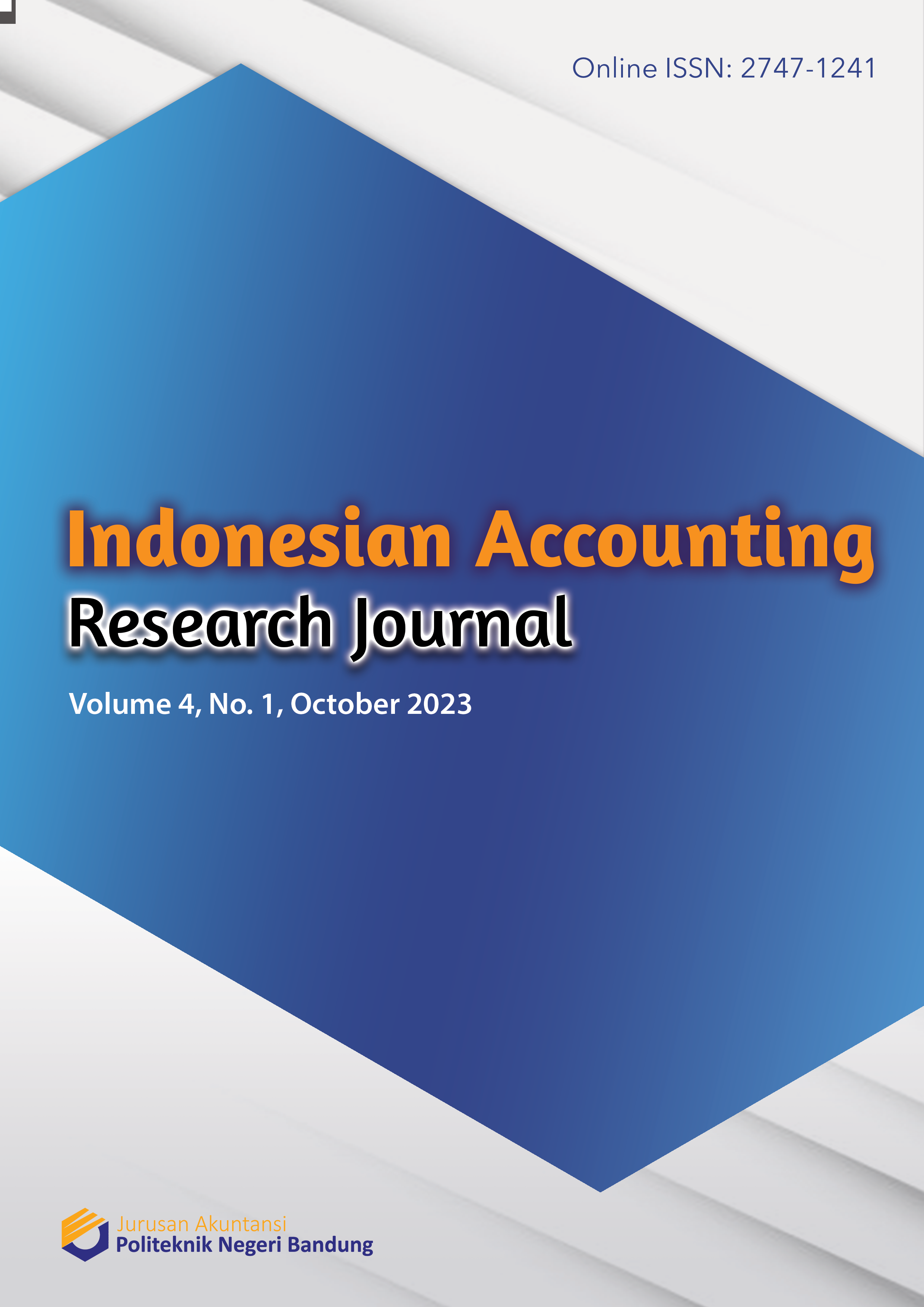Analisis Faktor- Faktor Penyebab Defisit Anggaran Pendapatan Belanja Daerah (Studi Kasus Pada Pemerintah Kabupaten Bandung Barat Tahun Anggaran 2019-2021)
Abstract
Fiscal policy largely determines the composition of the budget structure prepared by the regional government, namely the APBD. The meaning of the APBD is seen from the efforts and seriousness of the local government when managing regional finances, the amount of revenue power that will be extracted, the direction of the regional spending cycle that is used as the focus, and where the budget deficit will be borne from. The composition of the budget structure compiled by the regional government of West Bandung Regency for the last three years (2019-2021) states that there is an unstable amount in the income budget and expenditure budget regarding its economic development when viewed from its economic growth. This research aims to find out what factors cause the budget deficit and find out the strategy or follow-up of the West Bandung Regency government in tackling the budget deficit problem. This study uses a qualitative case study approach. Data collection used interview techniques with informants as a source of information and information on regional financial annual reports as objects used. Based on the results of the study, there were factors that caused the budget deficit in the West Bandung Regency government, including the adjusted RKPD (Regional Work Plan) and the economic crisis due to shifts in regional expenditure allocations, especially personnel spending.



